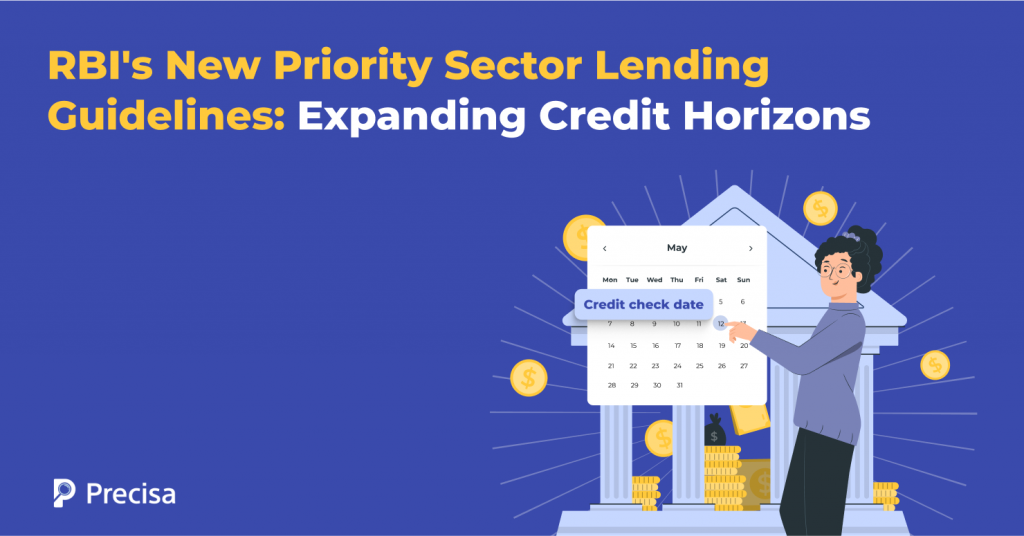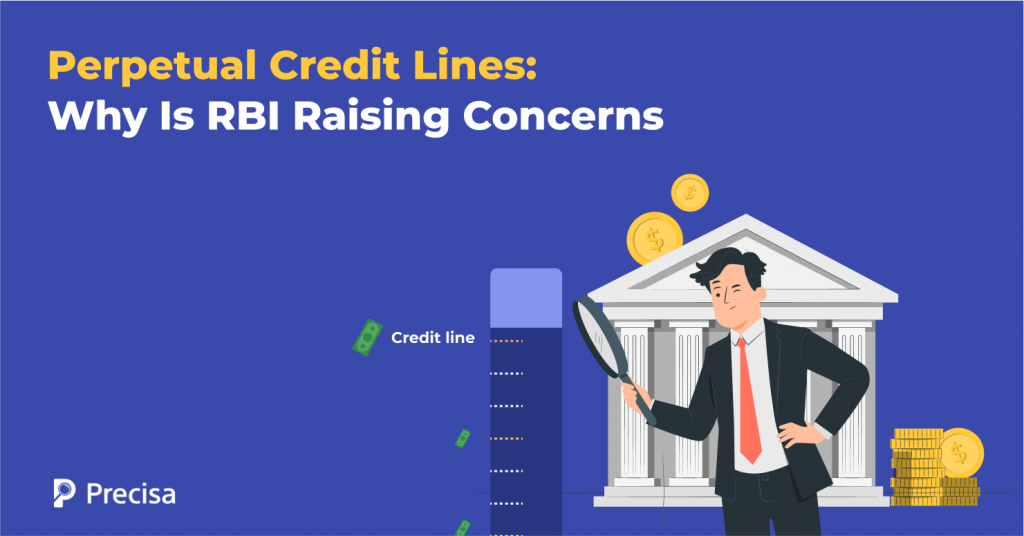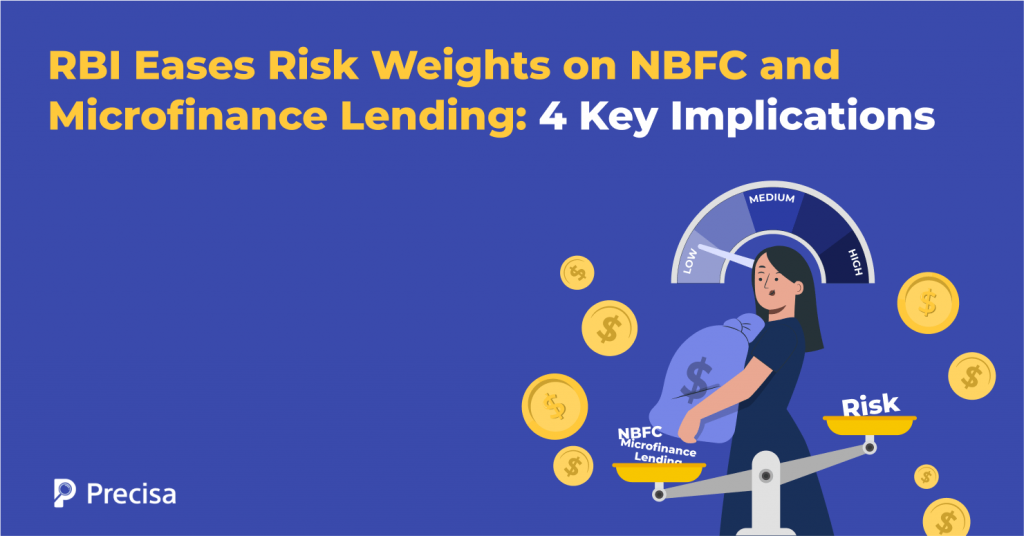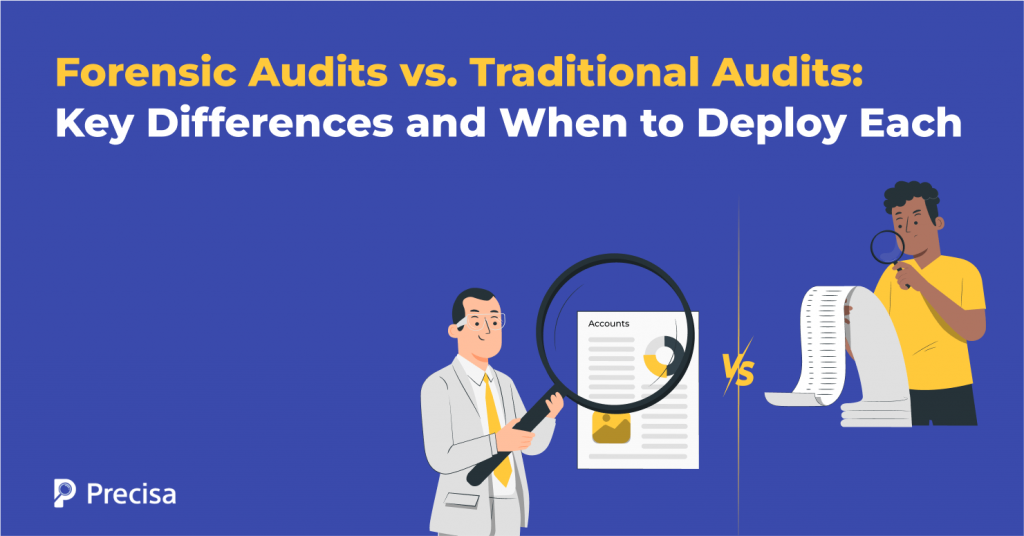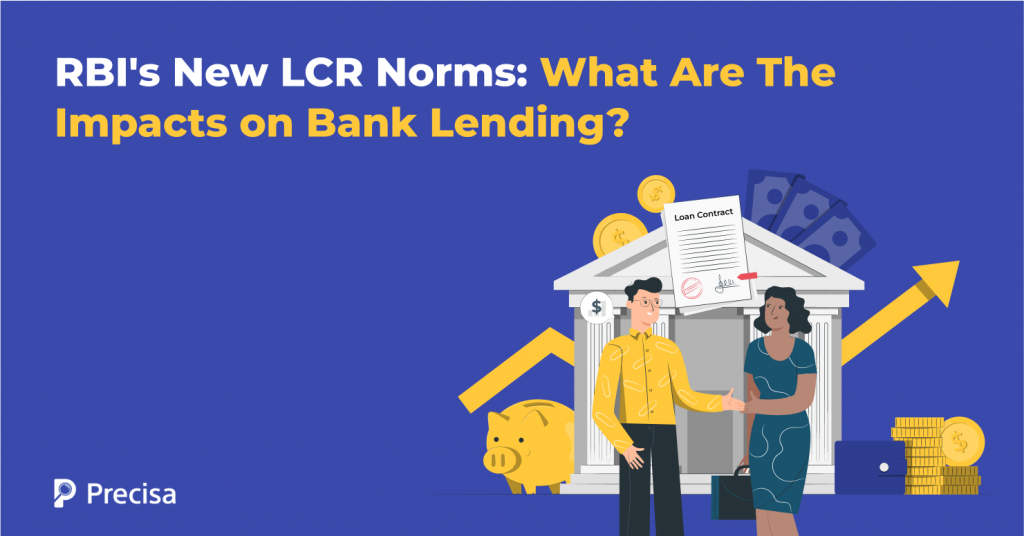Access to credit is a critical driver of economic growth, yet not all sectors receive adequate funding. As of 2024, the total ba͏nk credit in͏ India s͏to͏od at over ₹150 ͏lakh͏ crore, yet͏ a signif͏ic͏ant portio͏n ͏of key͏ sectors like agriculture, MSMEs,͏ and re͏newable ene͏r͏gy con͏tinue to strugg͏le for adequa͏te fu͏n͏ding. With M͏SMEs co͏ntributing 30% […]
10 Reasons Why Lenders Prefer Precisa’s Statement Analysis Tools
A thorough evaluation of the applicant’s credit health is integral to the lending process. Lenders use multiple tools to assess an applicant’s creditworthiness, with bank statement analysis being one of the most crucial. While the Indian banking sector has seen a significant improvement in asset quality, with the gross non-performing asset (GNPA) ratio falling to […]
How Bank Statement Analysis Enhances Credit Scoring Models & Loan Approvals
Credit scoring models are the backbone of the lending ecosystem, enabling lenders, including financial institutions, to evaluate the risk involved while approving loans for every applicant. Traditionally, statistical and linear programming models, often considered the gold standard of credit scoring, were extensively used by lenders worldwide. However, we can see the tides changing as sophisticated […]
Perpetual Credit Lines: Why Is RBI Raising Concerns
India’s lending landscape has evolved rapidly in the last decade, driven by the onset of non-banking financial companies (NBFCs) and Fintech startups and the insurgence of advanced technologies in different areas of the lending cycle. Between 2005 and 2020, the asset size of NBFCs grew at an impressive CAGR of around 18.7%, fueled by the […]
RBI Eases Risk Weights on NBFC and Microfinance Lending: 4 Key Implications
By reducing risk weights on lending to microfinance institutions (MFIs) and non-banking financial companies (NBFCs), the Reserve Bank of India (RBI) has indicated a major policy shift. Intended to boost lending availability and, thus, economic growth, this step now modifies the tighter capital requirements introduced in 2023. The new policy reduces risk weights for certain […]
Best Practices for Lenders to Prevent Money Laundering
The Reserve Bank of India (RBI) has continually strengthened its laws against money laundering, levying significant fines on non-complaint banks and financial institutions. However, laundering continues to be a major challenge for India’s financial system, with the nation reportedly losing close to $18 billion each year to such activities. Digital financial growth, especially in the […]
Forensic Audits vs. Traditional Audits: Key Differences and When to Deploy Each
India suffered over ₹11,000 crore in losses to cybercrime in 2024. Stock trading frauds alone accounted for ₹4,636 crore. Tamil Nadu specifically reported losses over this period of ₹1,116 crore. For financial health, traditional audits have long been the norm, but forensic audits are a better choice when legal conflicts or fraud suspicions surface. In […]
How to Identify and Report Suspicious Transactions: A Guide for Lenders
PwC India’s analysis predicts a major increase in digital financial suspicious transactions, with volumes rising from 159 billion in FY 2023-24 to 481 billion in FY 2028-29. This sustained growth pattern indicates that the number of transactions in 2025 will be higher than the 159 billion recorded in FY 2023-24. This trend represents a 3x […]
How Lenders Can Help Combat Economic Offences: A Collaborative Approach
Economic offences in India bear little resemblance to its past avatar. Traditional theft and forgery have given way to sophisticated digital attacks, creating unprecedented challenges for lending institutions. The RBI’s report puts this into perspective—banking frauds cost the sector ₹21,367 crores in the first half of the FY 2024-25, with digital platforms taking the hardest […]
RBI ‘s New LCR Norms: What Are The Impacts on Bank Lending?
Banks and financial institutions (FIs) play an integral part in keeping the wheels of the economy running smoothly. The Reserve Bank of India (RBI) serves as the central nerve point, as it maintains economic and financial stability by continuously monitoring financial institutions. Occasionally, you may encounter announcements from the RBI regarding changes made in monetary […]

